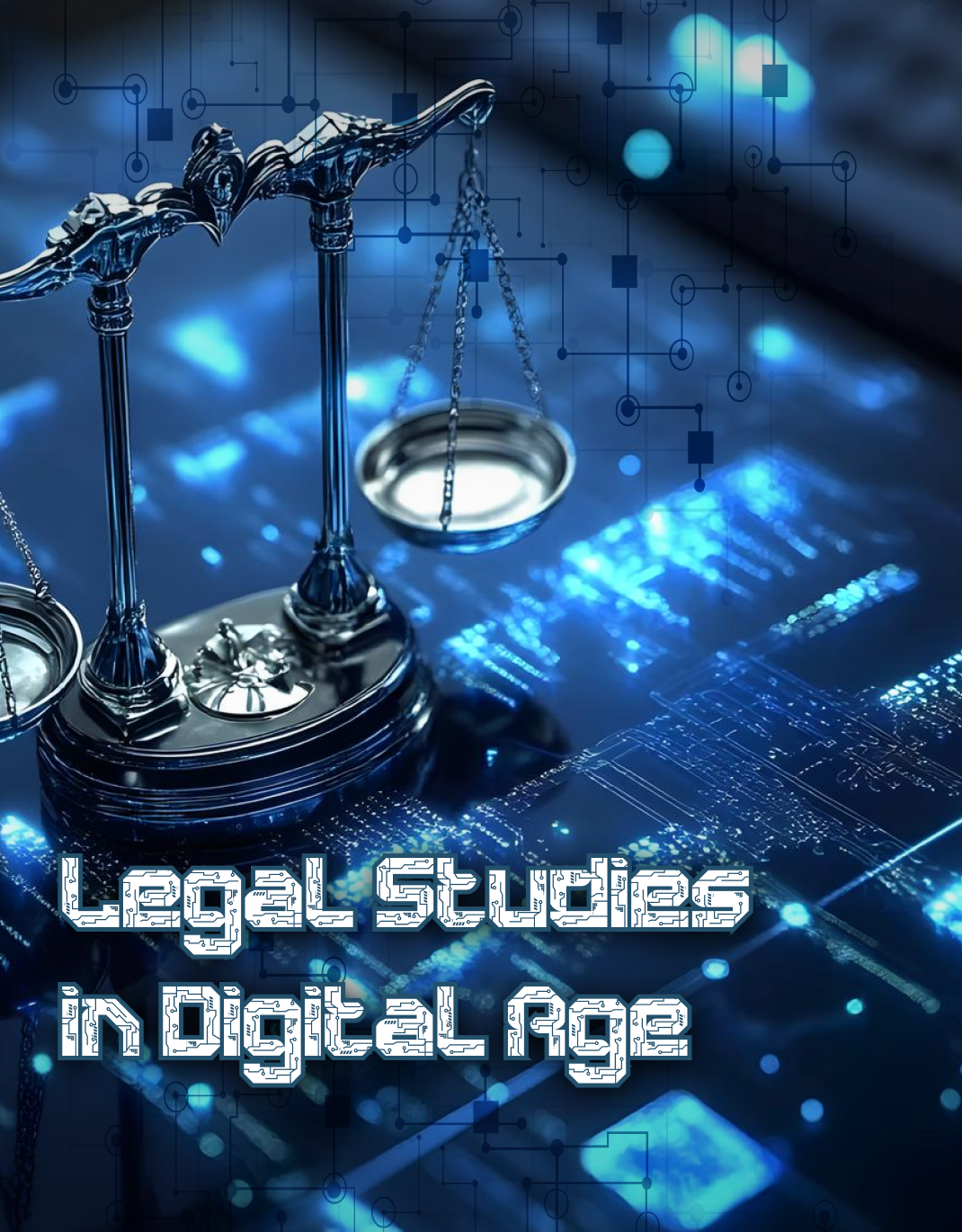Challenges of State Civil Liability Arising from Manipulation and Intervention in the Stock Market and Securities in Iranian Law
Keywords:
State civil liability, capital market, market intervention, sovereign and proprietary acts, Securities Market ActAbstract
The capital market, as one of the key pillars of the economy, is profoundly influenced by the actions of the state, which acts as the most powerful player and regulator. Macroeconomic decisions, interventionist policies, and public statements by government officials can lead to extensive losses for investors. The central question of this study is: considering the existing challenges, what are the legal grounds and mechanisms for establishing the state’s civil liability in relation to its harmful interventions in the stock market? Using a descriptive–analytical method, this study demonstrates that despite strong theoretical foundations in Islamic jurisprudence and law—such as the principles of la ḍarar (no harm), causation (tasbib), and deception (ghurur)—for holding the state liable, the practical realization of such liability faces three major obstacles: substantive, evidentiary, and structural. The most significant substantive obstacle lies in the government’s invocation of the “shield of sovereign immunity” (aʿmal-e ḥākemiyyat) to justify its economic actions. This challenge is compounded by the evidentiary difficulty of proving a “causal relationship” within a multifactorial market, as well as the “legislative silence” of the Securities Market Act, which leaves investors trapped in a vicious cycle of “judicial confusion” between the Administrative Justice Court and the general courts. Findings indicate that overcoming this deadlock requires an integrated reform package: Legislative reforms to explicitly establish the government’s liability and introduce a “presumption of causation”; Structural reforms to ensure the independence of the supervisory authority through revising the composition of the High Council of the Stock Exchange; and Judicial reforms through the creation of a specialized capital market court and protection of investors’ legitimate expectations. Establishing such a system of accountability is a prerequisite for public trust and the sustainable development of the capital market.
References
Alimohammadi, M. (2014). A Critique and Analysis of the Theory of Separation of Sovereign and Commercial Acts of the Government. Public Law Research Quarterly(45), 105-128.
Dadgar, Y., & et al. (2021). Economic Analysis of Conflict of Interest in the Structure of Iran's Capital Market Regulatory Authority. Securities Exchange Quarterly, 14(53), 9-30.
Emami, M., & Ostovar Sangari, K. (2011). Civil Liability of the Government. Mizan Publishing.
Ghaffari Farsani, B. (2012). Legal Analysis of the Scope of the Law on the Implementation of the General Policies of Principle 44 of the Constitution on Non-Governmental Public Institutions. Majlis and Strategy Quarterly, 19(71), 97-126.
Ghasemi Hamed, A., & et al. (2018). Legal Analysis of Securities Market Manipulation and the Civil Liability Arising Therefrom. Quarterly Journal of Private Law Studies, 48(3), 299-318.
Ghorbanian, H. (2010). Civil Liability of Stock Exchange Activists and the Process of Filing Related Claims in Competent Authorities. Legal Research Journal(17), 303-341.
Hasanzadeh Sarvestani, H. (2019). Crimes and Violations in the Capital Market. Danesh Shahr Publications.
Hosseini, S. M. R. (2015). Civil Liability of the Government. Mizan Publications.
Katouzian, N. (2008). General Rules of Contracts (Vol. 1). Enteshar Publishing Company.
Katouzian, N. (2015). Non-Contractual Obligations (Ex-Contractual Liability) (Vol. 1). Ganj-e Danesh Publications.
Leuz, C., Meyer, S., Muhn, M., Soltes, E., & Hackethal, A. (2017). Who falls prey to the wolf of wall street? investor participation in market manipulation.
Mubin, H. (2016). Civil Liability Arising from Securities Market Manipulation. Securities Exchange Quarterly, 9(34), 107-124.
Rahimi, H. (2018). Administrative Law (Vol. 2). SAMT.
Rostami, V., & Kamarkhani, A. (2015). Legal Analysis of the Foundations of Government Civil Liability Arising from the Implementation of Competition Policies. Quarterly Journal of Private Law, 12(2), 431-450.
Sabahi, M., & Hasanzadeh Yazdi, Z. (2022). Civil Liability of the Government in the Stock Market. Iranian Political Sociology Journal, 5(19), 570-588.
Soltani, M. (2017). Capital Market Law. Bourse Company Publications.
Tabatabaei Mo'tameni, M. (2015). Administrative Law. SAMT.
Tavazīzadeh, Z. (2021). Analysis of the Legal Nature and Governing Regime of Governmental Companies in Light of the Theory of Separation of Sovereign and Commercial Acts. Quarterly Journal of Public Law Studies, 51(1), 49-71.
Veldan, M. S. (2013). General Legal Principles in Administrative Law. Jangal Publications.
Vizheh, M. R. (2013). Foundations and Principles of Administrative Law. SAMT.
Downloads
Published
Submitted
Revised
Accepted
Issue
Section
License
Copyright (c) 2025 Seyedeh Fatemeh Moghadas Niak (Author); Mehdi Fallah Kharyeki; Mohsen Vaseghi (Author)

This work is licensed under a Creative Commons Attribution-NonCommercial 4.0 International License.
